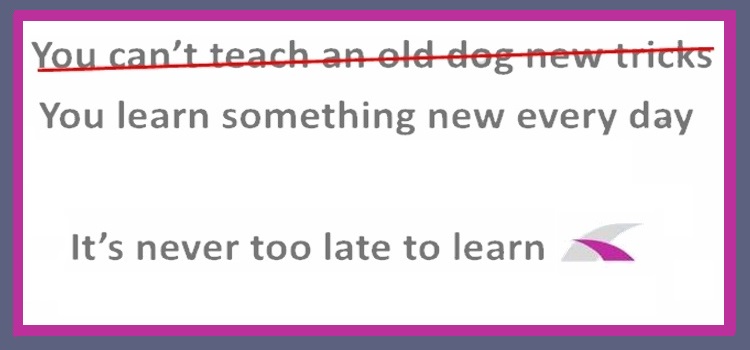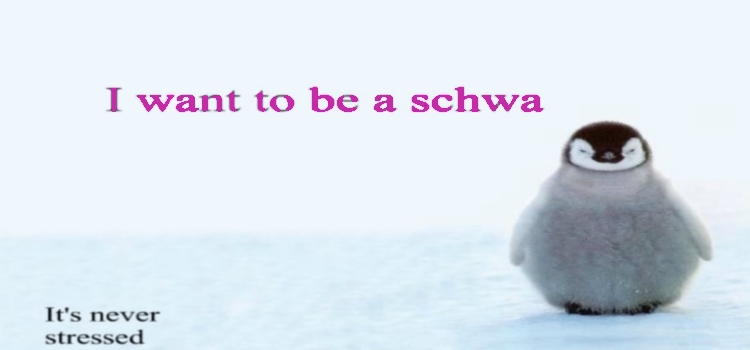'Schwa' - unstressed syllables
by Elena Riches
Before I was taught how to teach English, by Oxbridge TEFL, I had no idea that the word "schwa" existed. Today, I'm writing about the 'schwa', which isn't (incidentally) about the pronunciation of words such as 'Schwartz' and 'Schwarzkopf'...it's about ...






